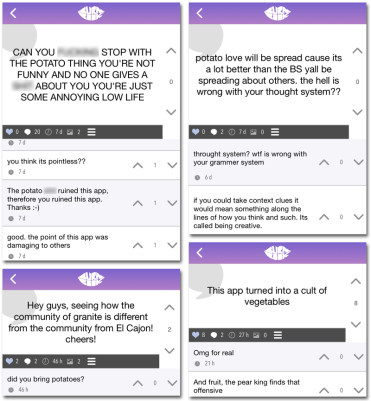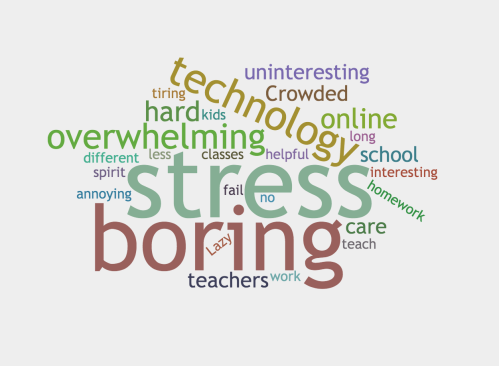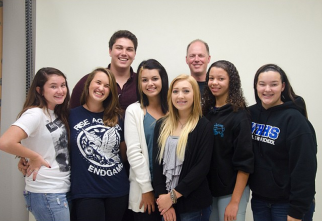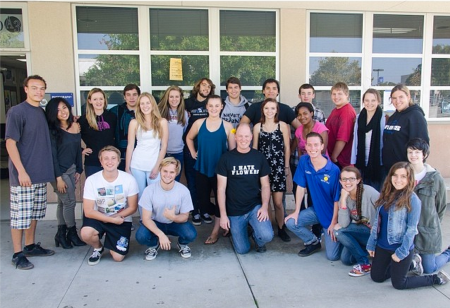In the Grossmont Union High School District, we have started the process of developing several OER curriculum collections to eventually replace some of the traditional textbooks currently found in classrooms across our ten high schools. We have started to share some of the different pieces of that journey in different venues and thought it was finally time to document with some more detail in one place.
Part 1: The Backstory
In January 2014, we started rolling out carts of Chromebooks to teacher teams that committed to attending at least two full days of professional learning. Before this time, most of our schools had outdated computers and technology-related PD was mostly non-existent at the time. Over the next 18 months, we deployed over 5000 Chromebooks and trained over 400 (of 800) teachers. For many teachers this began to change everything. The demand skyrocketed as the team model did not provide the regular access many now wanted. A group of high-level users came together in a training we called the GUHSDtech Google Ninjas program. This group built leadership teams at their sites and lobbied for more access. In May 2015, the board approved our FutureForward program – a teaching and learning initiative that provided every student with a Chromebook over a three year period.
As the GUHSDtech team advocated for digital learning opportunities, we kept getting stuck on the question about digital content vs print content. We have all these devices and great web 2.0 applications, but the official content still sits in textbooks. Many teachers had already abandoned their textbooks for found and self-created materials. Teachers started exploring options in open content through Gooru.org and CK-12. In August 2015, the #GoOpen movement was announced.
My superintendent (now enjoying the good life of retirement) and I got the opportunity to attend the #GoOpen kick off event at the White House in October 2015. When we returned, I started drafting a proposal to bring OER materials into the district in a systematic and scalable manner that empowered our teachers to help shape the content for their classes.
In many ways, this is about timing. We needed to start the exploration of digital curriculum because our students had access to devices every day for the first time and many teachers wanted to harness that capability. It came in an environment where teachers were being encouraged to take risks, to innovate, and to redefine instruction in the classrooms.
The big idea was easy. The details are daunting.
Next: Selling the Proposal


 follows the
follows the 



